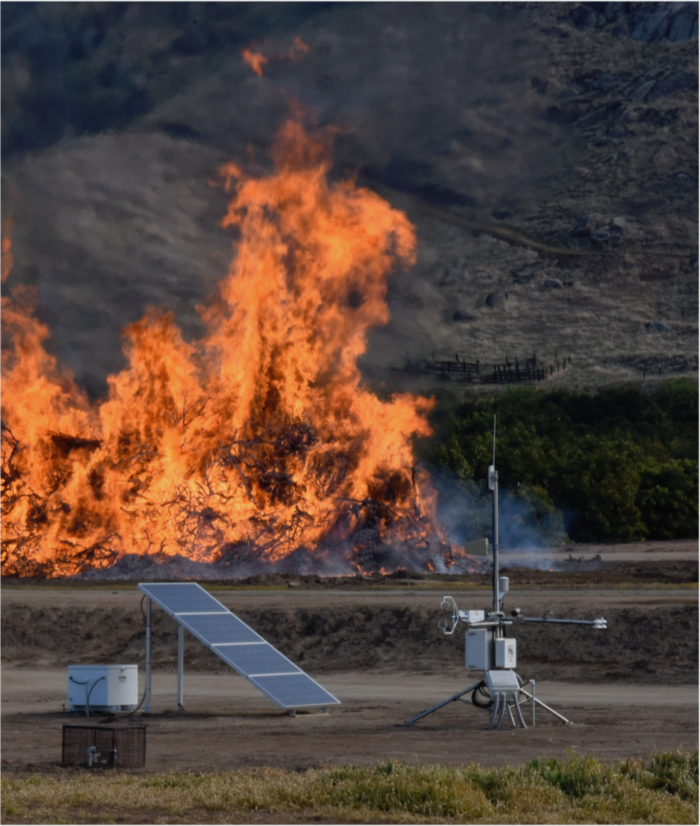Researcher Spotlights
Chandra Krintz
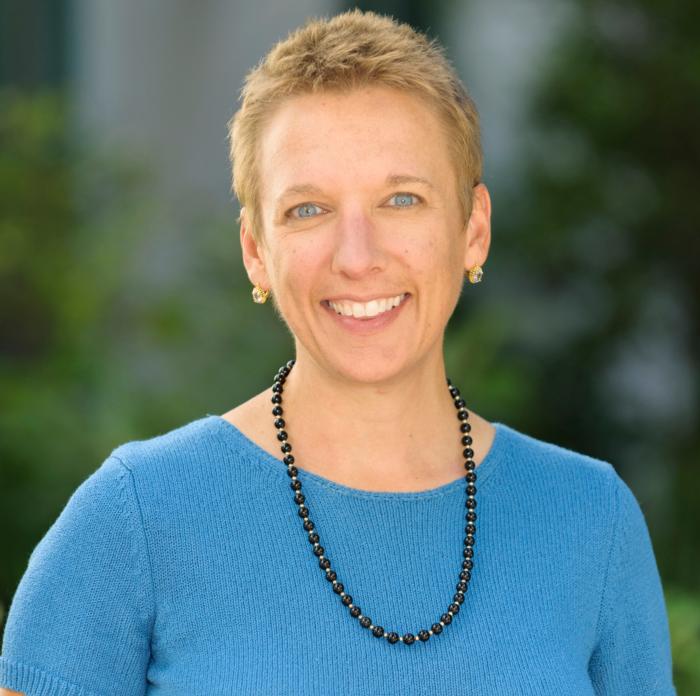
Chandra Krintz is a computer science professor at UC Santa Barbara conducting research at Lindcove REC.
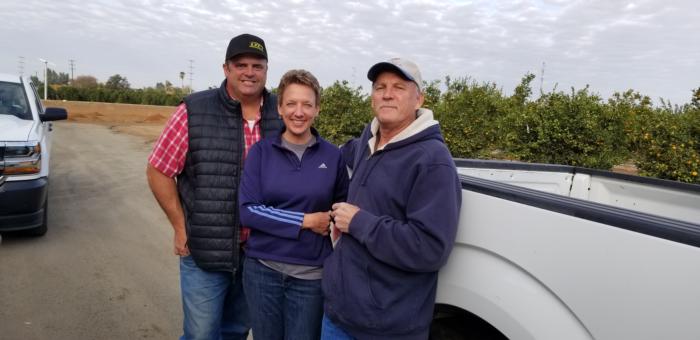
What led you to become a computer scientist?
My Dad was the principal of a nearby middle school. He brought home a computer (a Commodore 64 (to date myself :)) one summer for safekeeping. I was allowed to play with it while it was at my house, and I used it to teach myself how to program using technology magazines from the grocery store that summer. In those days, the magazines printed code for people to try. I used it to figure out how to display colors on the screen using a programming language called Basic (basica actually).
My first real project was to play a song on my record player (by Air Supply :)) while the computer “sang along”: i.e. displayed different color patterns to the music. I had to run back and forth between my record player and the computer to try to start them at the same time (i.e. to synchronize them).
I was eight years old.
I knew from that moment on that I was going to work on or with computers when I grew up.
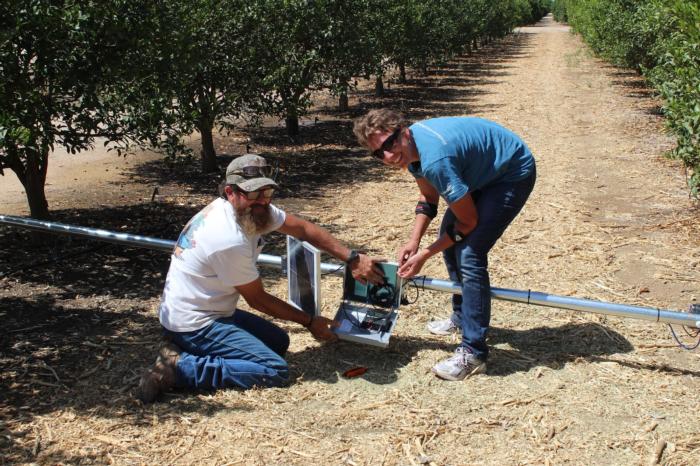
What brought your work to Lindcove REC?
I met Gabe Youtsey (Chief Innovation Officer at UC ANR) and Beth Grafton-Caldwell (now Emeritus Entomology Cooperative Extension Specialist of UC ANR/KARE) at multiple meetings and workshops that focused on leveraging smart technology in agriculture. We established a collaboration with Beth who was the director of UC Lindcove Research and Extension Center (LREC) at the time. She introduced me and my team to LREC and helped us initiate UCSB SmartFarm projects and testbed deployments at LREC.
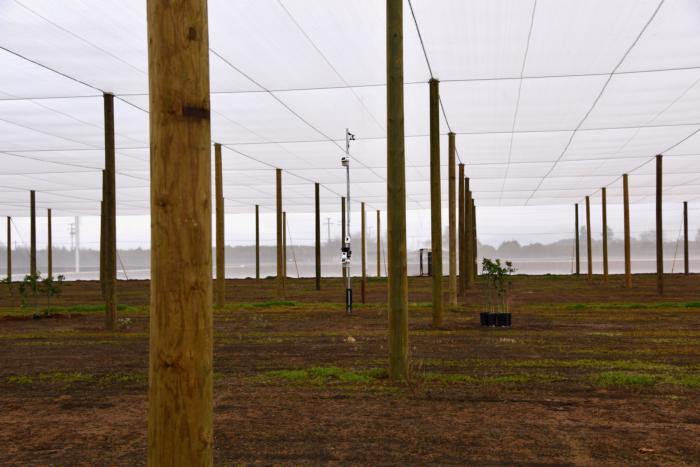
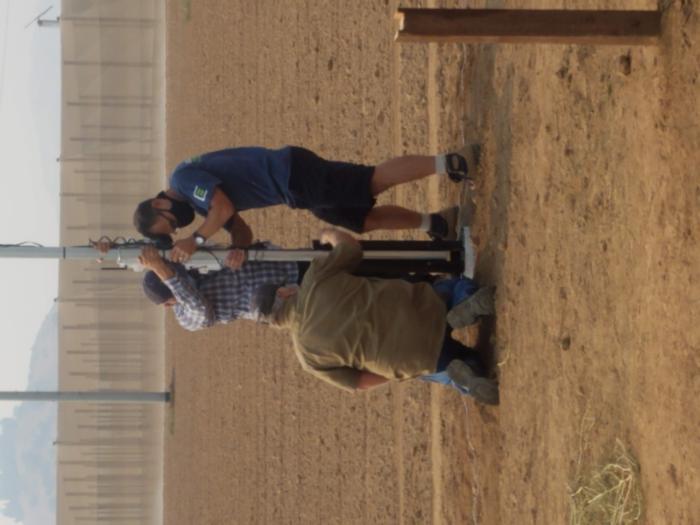
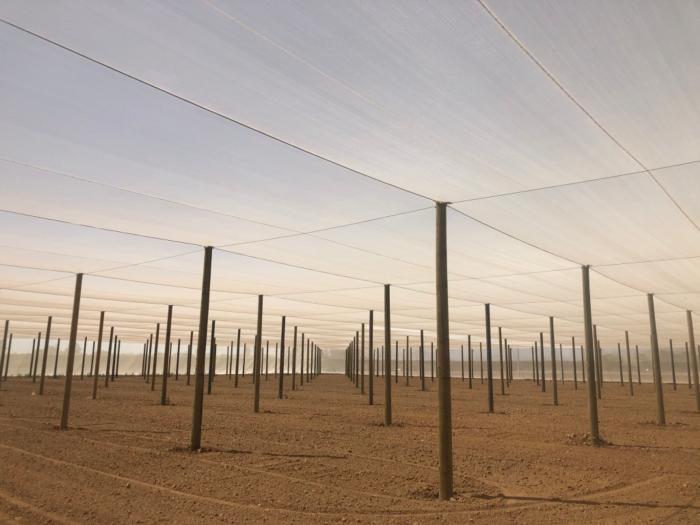
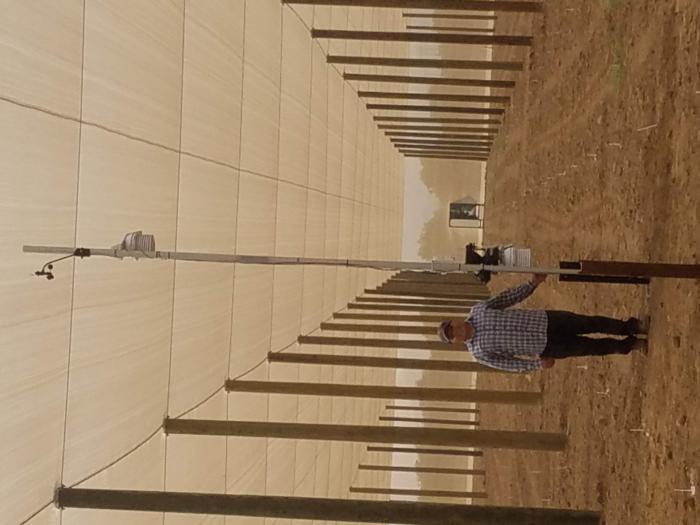
What do you hope to learn from your research at Lindcove REC?
Lindcove REC enables us to investigate, experiment with, and demonstrate our work on UCSB SmartFarm. SmartFarm is a freely available computing system for precision agriculture that combines sensing, computing, and data analysis so that it can be used by growers for decision support or to actuate and control farm operations intelligently.
SmartFarm is unique in that it runs on-farm -- unlike most other systems which send data over cellular or other networks off-farm (to the “cloud”). SmartFarm’s on-farm “edge computing” (called an edge cloud) reduces costs, network use, and power consumption, facilitates real-time response, and gives growers control over their data sharing and privacy. We study how to make these systems self-managing (so no IT staff is needed on-farm) as well as energy-efficient and failure resilient so that they can operate in remote, harsh conditions of farms. SmartFarm applications run on these systems and enable growers to extract actionable insights from their data, quantify the impact of their decisions and environmental changes, and pursue new opportunities for enhancing farm sustainability, productivity, and profits.
This year at Lindcove REC, we are using SmartFarm to study the environmental and production differences with and without CUPS – Citrus Under Protective Screens. CUPS is a new production system that has been shown to exclude the insect that vectors the causal agent of Huanglongbing (HLB) – which results in a devastating disease commonly referred to as “citrus greening”. We are using SmartFarm at LREC to understand and adapt to differences in growing conditions and pest management under CUPS. SmartFarm applications leverage historical records as well as data from a wide range of environmental sensors and cameras. The applications we are currently investigating include data-driven frost prediction and prevention, precision spraying, and screen breach detection, among others.
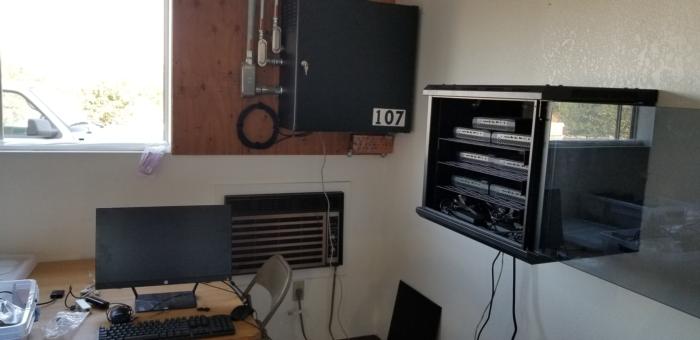
What is your favorite part about conducting your research at Lindcove REC?
The people. Everyone at Lindcove REC is amazing to work with. They are super supportive of our research and vastly experienced in agriculture and citrus production. They are wonderful collaborators and they help us with many different aspects of our research. Moreover, their experience has helped us improve our techniques and identify new opportunities for leveraging technology to lower costs, enhance production, and improve the sustainability of crop production.
In addition, the LREC facility is exceptional. It enables us to experiment, bring our advances out of the lab and into production settings, and demonstrate our work to others. It also provides us with a venue to educate and engage young people in digital agriculture.
